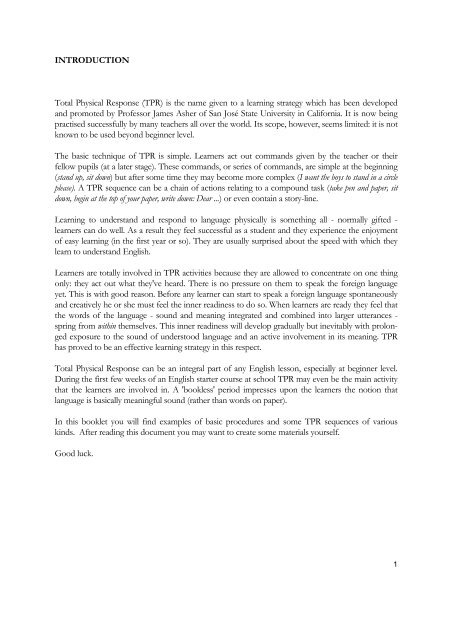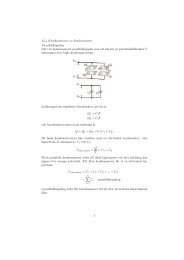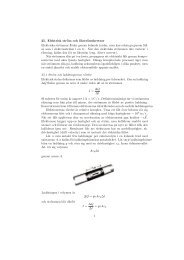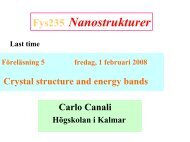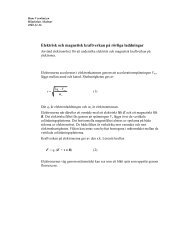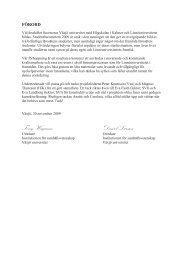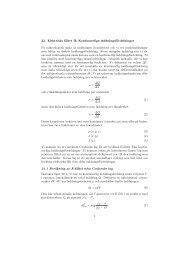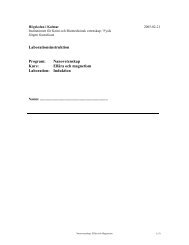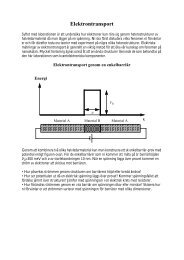Create successful ePaper yourself
Turn your PDF publications into a flip-book with our unique Google optimized e-Paper software.
INTRODUCTION<br />
Total Physical Response (<strong>TPR</strong>) is the name given to a learning strategy which has been developed<br />
and promoted by Professor James Asher of San José State University in California. It is now being<br />
practised successfully by many teachers all over the world. Its scope, however, seems limited: it is not<br />
known to be used beyond beginner level.<br />
The basic technique of <strong>TPR</strong> is simple. Learners act out commands given by the teacher or their<br />
fellow pupils (at a later stage). These commands, or series of commands, are simple at the beginning<br />
(stand up, sit down) but after some time they may become more complex (I want the boys to stand in a circle<br />
please). A <strong>TPR</strong> sequence can be a chain of actions relating to a compound task (take pen and paper, sit<br />
down, begin at the top of your paper, write down: Dear ...) or even contain a story-line.<br />
Learning to understand and respond to language physically is something all - normally gifted -<br />
learners can do well. As a result they feel successful as a student and they experience the enjoyment<br />
of easy learning (in the first year or so). They are usually surprised about the speed with which they<br />
learn to understand English.<br />
Learners are totally involved in <strong>TPR</strong> activities because they are allowed to concentrate on one thing<br />
only: they act out what they've heard. There is no pressure on them to speak the foreign language<br />
yet. This is with good reason. Before any learner can start to speak a foreign language spontaneously<br />
and creatively he or she must feel the inner readiness to do so. When learners are ready they feel that<br />
the words of the language - sound and meaning integrated and combined into larger utterances -<br />
spring from within themselves. This inner readiness will develop gradually but inevitably with prolonged<br />
exposure to the sound of understood language and an active involvement in its meaning. <strong>TPR</strong><br />
has proved to be an effective learning strategy in this respect.<br />
Total Physical Response can be an integral part of any English lesson, especially at beginner level.<br />
During the first few weeks of an English starter course at school <strong>TPR</strong> may even be the main activity<br />
that the learners are involved in. A 'bookless' period impresses upon the learners the notion that<br />
language is basically meaningful sound (rather than words on paper).<br />
In this booklet you will find examples of basic procedures and some <strong>TPR</strong> sequences of various<br />
kinds. After reading this document you may want to create some materials yourself.<br />
Good luck.<br />
1


